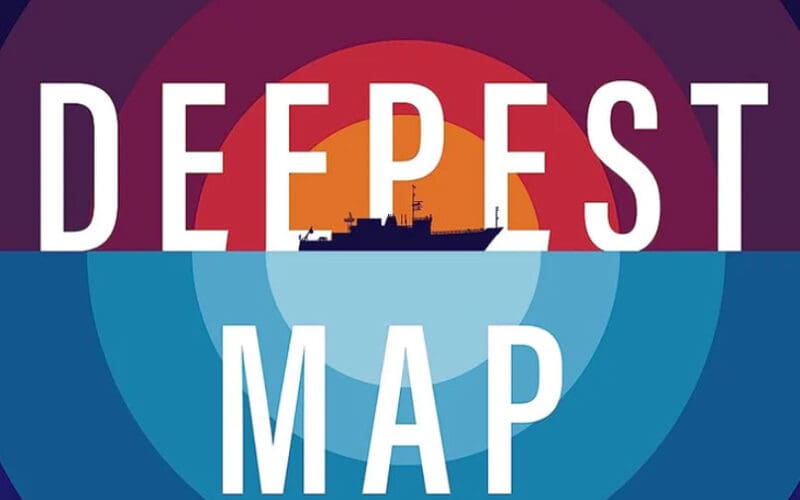 The Deepest Map:
The Deepest Map:
The High-Stakes Race to Chart the World’s Oceans
By Laura Trethewey
HarperCollins 304 pgs.
Seawater, writes Laura Trethewey, covers 71 percent of Earth, yet only 15 percent of the seafloor has been mapped and most of that is near the coast where nations have an interest. The coast is also where detailed mapping matters most for nautical chart makers but as sailors, and humans, we have a stake in knowing the wider ocean.
Seabed 2030 is an international, crowd-sourced project that hopes to complete a global map by the end of this decade. Trethewey’s book The Deepest Map explores the project’s work and its goal to help protect the planet and perhaps understand more about life and our own future.
It was long thought that the bottom of the ocean was flat and featureless, and even as humans gradually realized it wasn’t, it took until the mid-twentieth century for the theory of plate tectonics to finally explain why. We now know that the seafloor is constantly if slowly moving and new features forming and changing. A global map would pull it all together. It would also expose the ocean to exploitation.
To understand the work of Seabed 2030 Trethewey visits an Inuit village on Canada’s Hudson Bay where villagers are using a stripped-down sonar to map their shallow bay. She secures a berth on a ship mapping off the coast of California. And she tells the engaging tale of Victor Vescovo’s quest to reach the bottoms of the Five Deeps, similar to climbing the highest peaks on the continents, through the experience of a young mapper on board Vescovo’s research vessel. She looks at employing sail drones in place of diesel-powered ships with onboard scientists, new technology that might hasten the Seabed project’s work.
Ultimately Trethewey leaves the reader with a sense of urgency and unease. She makes it clear that while the ocean has been vastly underexplored (NASA’s budget in 2021 was five times that of NOAA), a fault that is worrisome when we clearly need to understand and address climate change, it is also uniquely vulnerable to industrial exploitation if mapping finally opens the seafloor to mining for minerals that currently are critical to “green” technologies.

